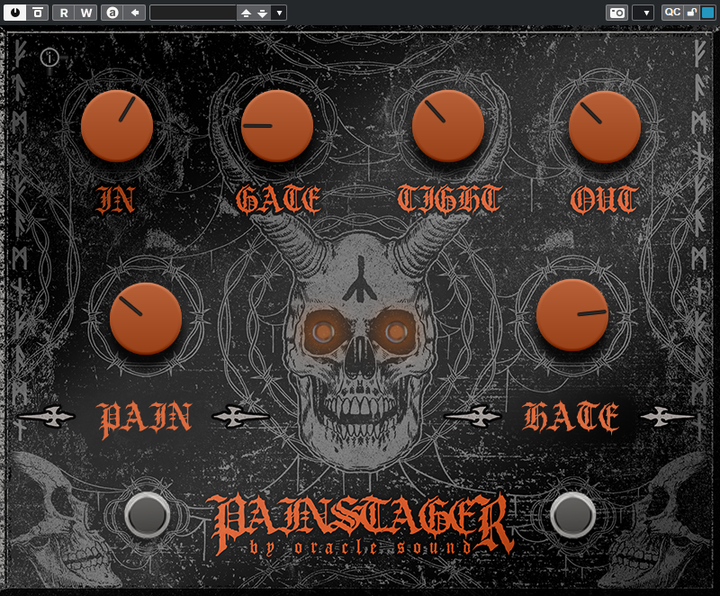DRIVESTAGER is emerging as a major system in the automotive and logistics industries, offering modern answers to improve vehicle administration, ride-sharing, and supply services. With raising digitalization in transportation, tools like PAINSTAGER offer improved effectiveness, greater person experiences, and data-driven insights. However, like any new engineering, it faces a variety of problems and possibilities which will form their trajectory in the coming years.

Technological Breakthroughs and Integration
Among the main opportunities for DRIVESTAGER lies in scientific integration. Contemporary vehicles are becoming significantly connected, built with sensors, IoT products, and AI-driven systems. DRIVESTAGER can control these developments to offer real-time tracking, predictive maintenance, and improved routing. This integration not merely increases operational efficiency but also provides important information that could improve consumer involvement and satisfaction. However, maintaining velocity with quickly evolving technologies presents challenging, requesting continuous expense in study and development.
Industry Potential and Expansion
The need for efficient transport and supply answers keeps growing internationally, providing DRIVESTAGER significant market potential. Increasing in to new regions and collaborating with regional service providers can cause options for rapid growth. Moreover, relationships with ride-sharing organizations and logistics firms can establish DRIVESTAGER as a key person in the transport ecosystem. Nonetheless, market expansion is sold with risks, including regulatory hurdles, competition from established programs, and the requirement to conform to local client behavior.
Knowledge Privacy and Security Concerns
As a technology-driven platform, DRIVESTAGER relies greatly on collecting and considering user data. While this information enables better decision-making and personalized companies, additionally, it improves concerns about privacy and security. Ensuring powerful cybersecurity steps and transparent information procedures is important to construct confidence with users. Failure to address these considerations may cause legal challenges, reputational damage, and decreased usage rates.

Sustainability and Environmental Impact
Sustainability gifts equally difficult and an opportunity for DRIVESTAGER. As transportation accounts for a substantial part of international emissions, systems that prioritize eco-friendly alternatives may obtain a aggressive edge. DRIVESTAGER can inspire electrical car use, enhance energy usage, and promote discussed freedom to cut back environmental impact. Properly developing sustainability into the program may not merely arrange with regulatory expectations but also appeal to environmentally aware consumers.
Conclusion
DRIVESTAGER stands at the junction of invention and disruption in the transportation sector. Whilst it faces problems linked to engineering, data security, and industry competition, the opportunities for growth, effectiveness, and sustainability are substantial. By logically moving these difficulties and leveraging emerging tendencies, DRIVESTAGER can create it self as a leading system money for hard times of mobility.
